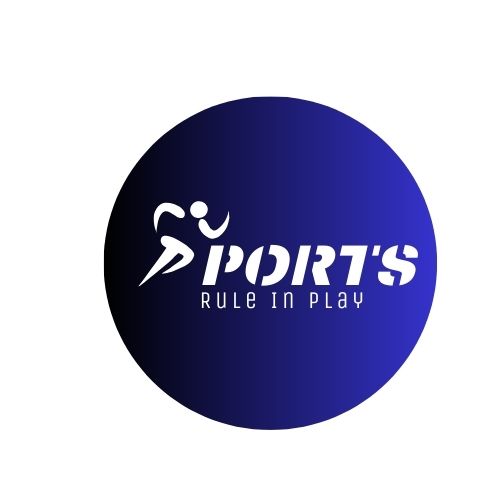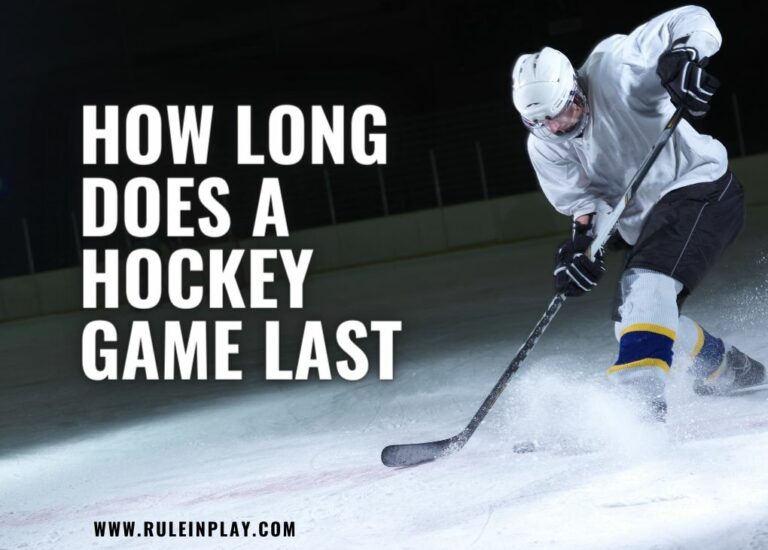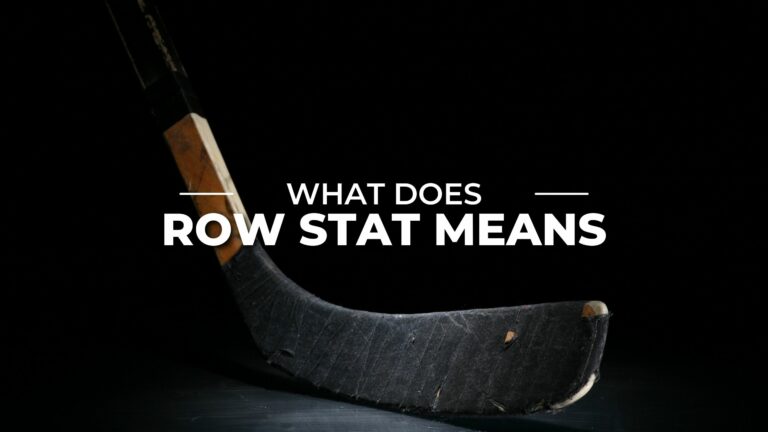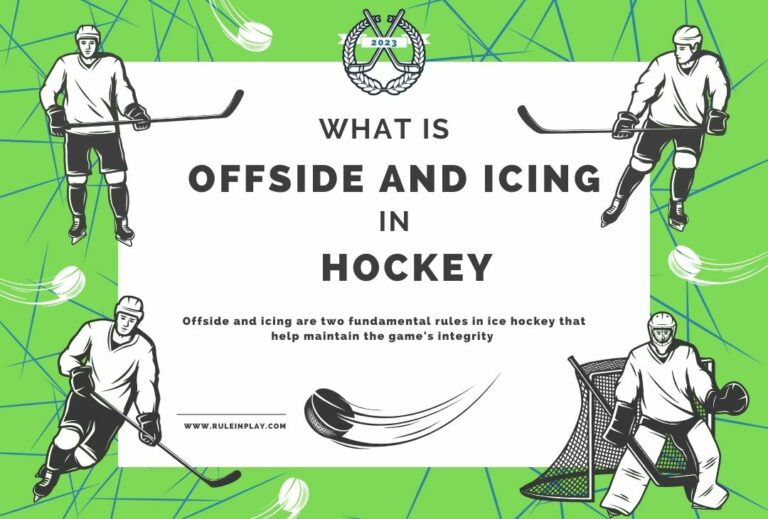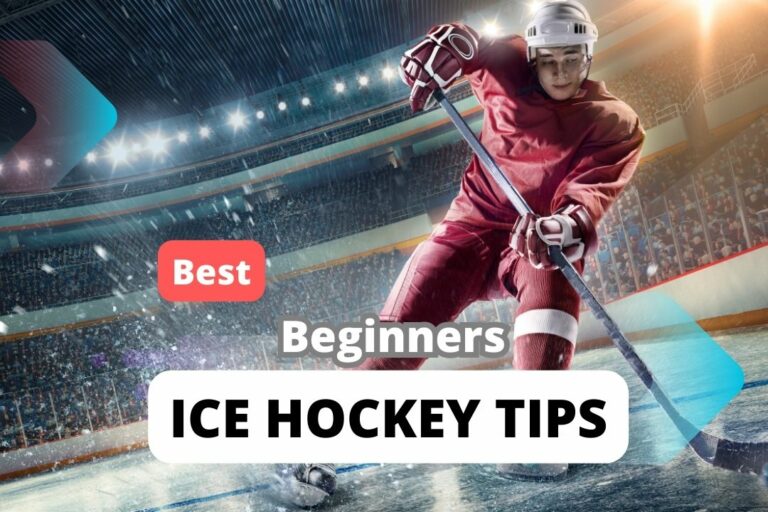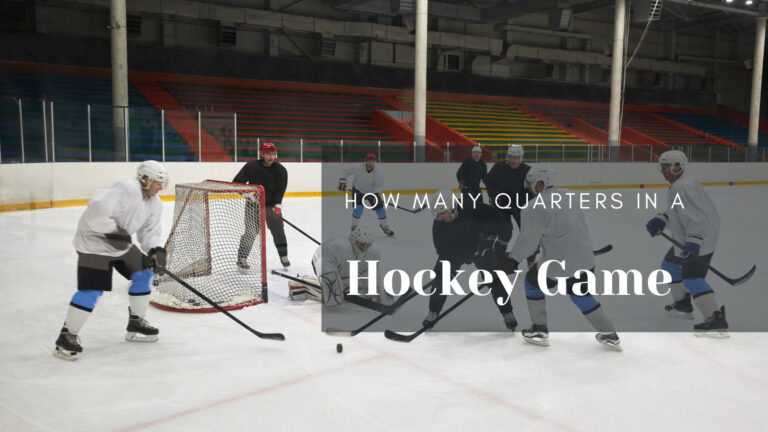Mastering Essential Ice Hockey Skating Drills in 2024
Ice hockey players must excel in the fundamental skills of starting and stopping on the ice. While these skills may seem basic, mastering them is crucial for a skater’s overall performance. Ice Hockey Skating drills designed to improve starting and stopping not only enhance a player’s ability in these areas but also lay the foundation for other essential ice skating techniques.
Basic Ice Hockey Skating Drills
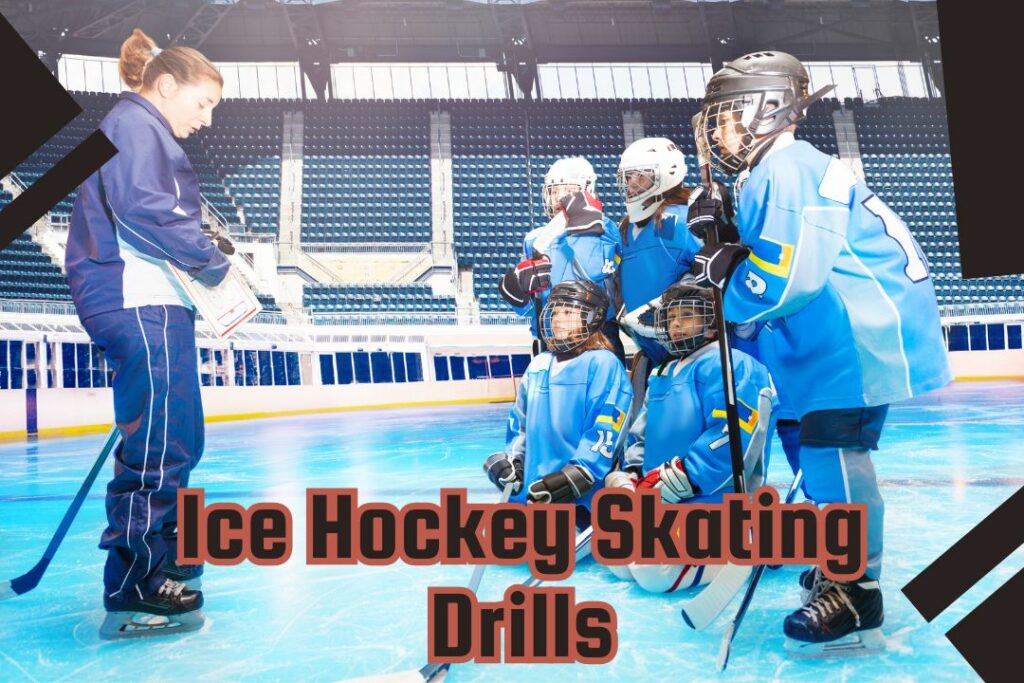
Power Skating Drill
One of the key skating drills in ice hockey is the straight-ahead start. In this drill, players turn one skate perpendicular to the other and push off, generating a powerful burst of speed from a complete stop. To execute this maneuver effectively, skaters need to focus on certain techniques
- Get Low: Players should lower their center of gravity to gain stability and better control.
- Inside Edge Push-off: Digging the inside edge of the push-off skate into the ice provides the necessary grip to accelerate quickly.
- Spring Forward: By springing forward, skaters transfer their energy into forward momentum.
- Alternate Leg Push: After the initial push-off, players repeat the process with the other leg to reach top speed.
To intensify this power skating drill, skaters can incorporate quick hockey stops and reversals of direction. These additional elements enhance agility and control on the ice, making players more versatile.
Crossover Start Skating Drill
Another essential ice hockey skating drill involves the crossover start, which enables lateral acceleration rather than just moving straight ahead. This skill is vital because hockey players often need to change direction rapidly without losing speed. Here’s how to execute the crossover start skating drill:
- Begin with two or three powerful strides in one direction.
- Abruptly stop, pivot, and execute a crossover step.
- Head in the opposite direction while maintaining speed and control.
Accelerate While Moving Skating Drill
The Need for Speed
In the fast-paced world of ice hockey, speed can be your greatest ally. The “Accelerate While Moving” skating drill focuses on enhancing your ability to gain momentum while already in motion. It’s all about quick bursts of acceleration that catch opponents off guard.
Technique Matters
Begin with a controlled glide, knees slightly bent, and weight forward. Then, dig the edges of your skates into the ice, pushing off with power. The key here is mastering the art of edge control – the sharper your edge, the quicker your acceleration.
Efficiency is Key
Efficiency is the name of the game in ice hockey. To maximize your acceleration, focus on fluidity in your leg movements. Avoid unnecessary lateral shifts, and keep your strides compact for a more streamlined experience. Remember, less wasted energy means more speed on the ice.
Mastering the Hockey Stop
To complete this drill, practice incorporating hockey stops into your acceleration routine. This adds an extra layer of control to your game, allowing you to change directions swiftly when necessary. It’s all about being unpredictable and staying one step ahead of your opponents.
Hockey Fitness Drills
Building Endurance
Ice hockey is demanding, and stamina is crucial. Hockey fitness drills help you build the endurance required to stay competitive throughout the game. Skating is a full-body workout, engaging your legs, core, and even upper body.
Interval Training
One effective approach is interval training. This involves alternating between high-intensity skating and brief recovery periods. This not only builds your cardiovascular fitness but also simulates the stop-and-start nature of the game, ensuring you’re always ready to explode into action.
Plyometrics for Explosive Power
Plyometric exercises like box jumps and squat jumps can significantly boost your leg strength and explosive power. This extra burst of energy can be a game-changer when you need to out-skate opponents or seize scoring opportunities.
Agility Skating Drills
Agility is a defining trait of elite hockey players. Agility skating drills focus on improving your ability to change direction rapidly while maintaining balance and control. It’s about being elusive and evading defenders.
Cone Drills
Setting up cones on the ice and weaving through them at high speeds is a classic agility drill. It challenges your ability to make quick, precise movements and sharp turns. The more you practice, the more effortlessly you’ll navigate the rink.
Figure-Eight Skating
Another effective agility drill involves skating in figure-eight patterns. This not only enhances your agility but also works on your edge control and balance. It’s a multifaceted exercise that covers several aspects of skating.
The Agility Ladder
Using an agility ladder off-ice can also be beneficial. It improves your footwork and coordination, translating into improved agility on the ice.
The Forward Stride Drill
The forward stride is the backbone of ice hockey skating. To excel in this sport, you must develop a powerful and efficient forward stride. Here’s a breakdown of the drill:
Releatd: What Is Offside And Icing In Hockey
The Backward Skating Drill
Backward skating is a crucial skill for defensemen and a valuable asset for all players. This drill hones your ability to skate backward efficiently:
The Tight Turns Drill
Tight turns are essential for evading opponents and maneuvering through confined spaces. This drill enhances your agility and control:
The Transition Drill
Smooth transitions between skating directions are crucial in ice hockey. This drill sharpens your ability to switch between forward and backward skating effortlessly:
Wrapping Up
ice hockey skating drills are more than just about skating; they build discipline, resilience, and a passion for the game. By dedicating time to these drills and continually seeking ways to improve, young athletes can lay the groundwork for a promising hockey career. Feedback and suggestions on this topic are welcome to help us provide even more valuable content in the future.
